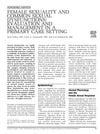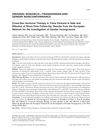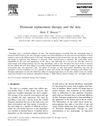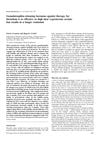Female Sexual Dysfunction: Prevalence, Causes, and Treatments
April 2015
in “
Cambridge University Press eBooks
”
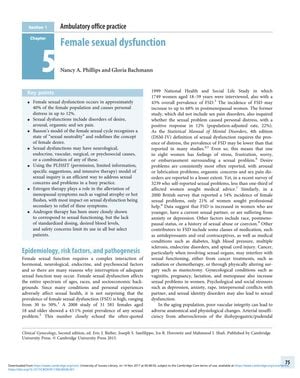
TLDR Many women experience sexual dysfunction, but few seek help, and better treatment and medical training are needed.
Female sexual dysfunction (FSD) affects 30-50% of women, with a 43.1% point prevalence reported in a study of 31,581 females aged 18 and older. FSD includes disorders of desire, arousal, orgasm, and sex pain, and is caused by various factors such as neurological, endocrine, vascular, surgical, or psychosocial issues. Up to 12% of women experience distress due to sexual problems, yet less than one-third seek medical advice. FSD is more common in postmenopausal women, with an incidence of up to 68%. Treatments include hormone therapy and the PLISSIT model, but there are safety concerns and a lack of standardized dosing for hormone treatments. The document also discusses the need for a comprehensive approach to diagnosis and treatment, including the use of the Female Sexual Function Index in clinical trials and the FDA's guidelines for minimizing recall bias in research. It emphasizes the importance of addressing sexuality in women's health and the need for further research and training in human sexuality for medical professionals.
